5 tourist spots that may soon disappear
Categories: Nature | News | Photo School | Travel | World
By Angela https://pictolic.com/article/5-tourist-spots-that-may-soon-disappear.html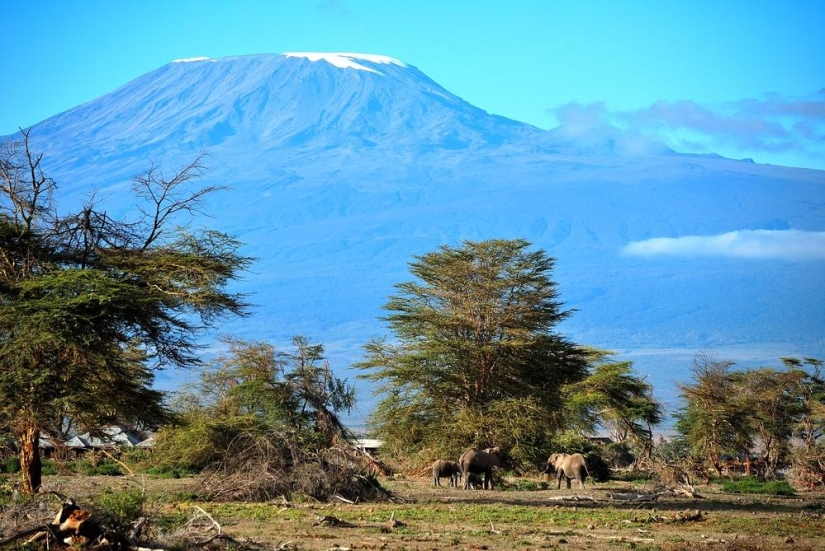 1. Kilimanjaro, Tanzania. The legendary ice cover on the summit of Mount Kilimanjaro is constantly shrinking. Over the past hundred years, the area of the glacier has decreased by more than 85 percent, and recently this process has greatly accelerated. A 12,000-year-old glacier that "survived" a 300-year drought could be gone in 20 years. (Photo: Fernando Pallares).
1. Kilimanjaro, Tanzania. The legendary ice cover on the summit of Mount Kilimanjaro is constantly shrinking. Over the past hundred years, the area of the glacier has decreased by more than 85 percent, and recently this process has greatly accelerated. A 12,000-year-old glacier that "survived" a 300-year drought could be gone in 20 years. (Photo: Fernando Pallares).
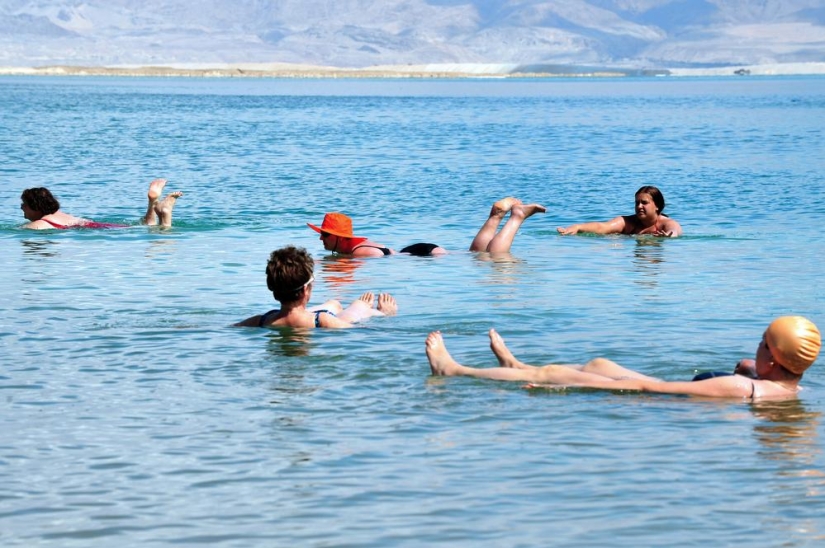 2. Dead Sea. The lake, which is located in the deepest depression in the world, sinks lower and lower every year, at a rate of about one meter per year. The reason for this process is the weak inflow of water from the Jordan River, and the main culprits are Israel, Jordan and Syria, which use the water for agriculture and industry. Over the past few decades, the area of the Dead Sea has decreased by 1/3. But for now, hotels on the Dead Sea welcome tourists from all over the world. (Photo: shutterstock).
2. Dead Sea. The lake, which is located in the deepest depression in the world, sinks lower and lower every year, at a rate of about one meter per year. The reason for this process is the weak inflow of water from the Jordan River, and the main culprits are Israel, Jordan and Syria, which use the water for agriculture and industry. Over the past few decades, the area of the Dead Sea has decreased by 1/3. But for now, hotels on the Dead Sea welcome tourists from all over the world. (Photo: shutterstock).
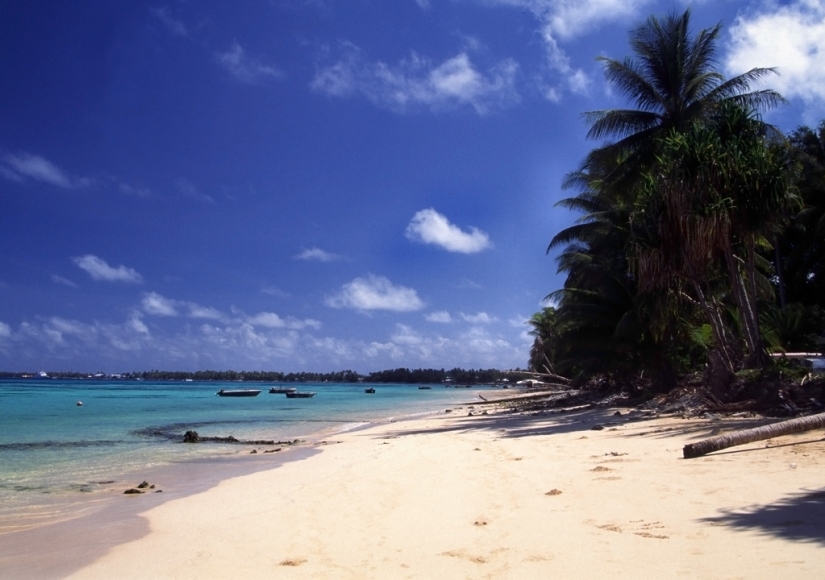 3. Tuvalu. The government of this tiny Pacific island nation of 10,000 has asked Australia for help with a possible evacuation of the entire country. Tuvaluans may become the first people in history to leave their lands due to global warming. During tropical storms, the island is flooded with high waves, as a result of which the already scarce sources of fresh water disappear. According to UN studies, Tuvalu will disappear under water by 2050. (Photo: Flickr.com/photos/mrlins).
3. Tuvalu. The government of this tiny Pacific island nation of 10,000 has asked Australia for help with a possible evacuation of the entire country. Tuvaluans may become the first people in history to leave their lands due to global warming. During tropical storms, the island is flooded with high waves, as a result of which the already scarce sources of fresh water disappear. According to UN studies, Tuvalu will disappear under water by 2050. (Photo: Flickr.com/photos/mrlins).
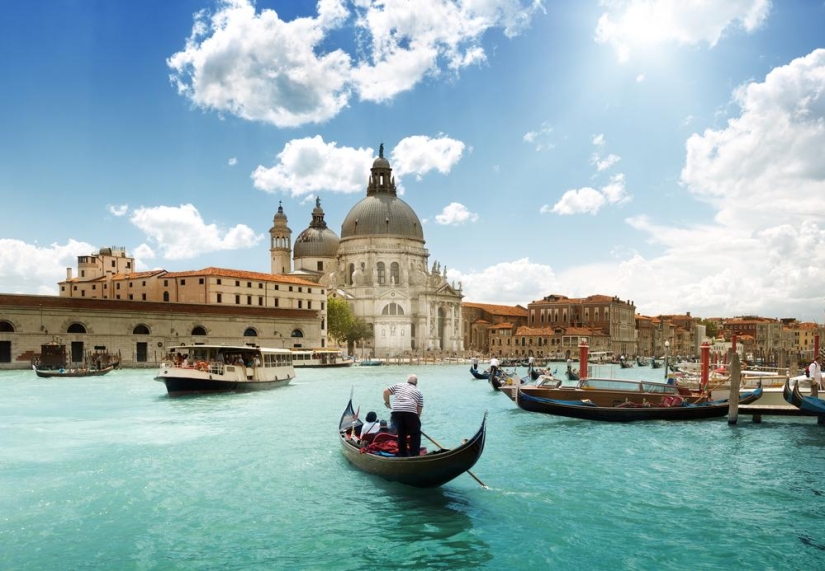 4. Venice. 4 or 5 times a year, water floods St. Mark's Square, and over time this phenomenon will only intensify. Recent studies have shown that Venice is sinking at a rate of 2 millimeters per year. This is due to the rise in the level of the Adriatic Sea and the gradual subsidence under the own weight of buildings. (Photo: shutterstock).
4. Venice. 4 or 5 times a year, water floods St. Mark's Square, and over time this phenomenon will only intensify. Recent studies have shown that Venice is sinking at a rate of 2 millimeters per year. This is due to the rise in the level of the Adriatic Sea and the gradual subsidence under the own weight of buildings. (Photo: shutterstock).
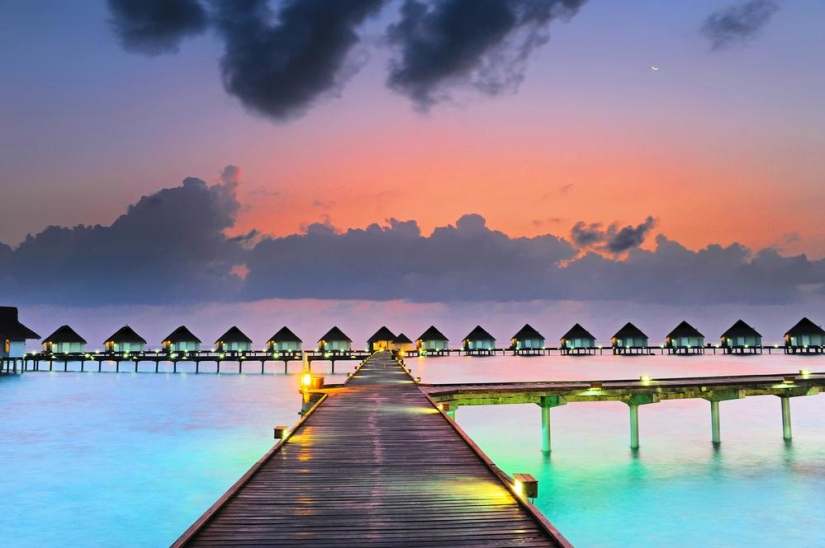 5. Maldives. Rising sea levels are a serious threat to the Maldives, which rise only slightly above sea level, at its highest point - only two and a half meters. (Photo: Totophotos).
5. Maldives. Rising sea levels are a serious threat to the Maldives, which rise only slightly above sea level, at its highest point - only two and a half meters. (Photo: Totophotos).
In 2004, due to the fatal tsunami, the epicenter of which was located at a distance of 3 thousand kilometers from the Maldives, a third of the population suffered: many coral atolls were completely flooded. Now the most important thing for the islanders is to stop the process of destruction of coral reefs, which are natural breakwaters. Without them, the Maldives is at the mercy of the ocean.
Keywords: GLOBAL WARMING | SIGHTS | DISAPPEARING PLACES
Post News ArticleRecent articles

While the sun practically disappeared from the sky above the Arctic Circle and the night seemed endless, the Vikings prepared to ...

This is for us, people, the New Year is one of the most important holidays of the year. But for animals, it's all a fuss, running ...
Related articles

We often see photos of popular architectural objects and other attractions from all over the world on the Internet. Usually all of ...

While traveling, we often cannot see all the beauties, because people walk on the ground and cannot appreciate buildings from all ...

Man-made structures that are hundreds of years old often have an interesting fate in terms of going through many stages of ...

If it seems to you that the New Year holidays are being celebrated somehow incorrectly, then you definitely haven't seen these ...